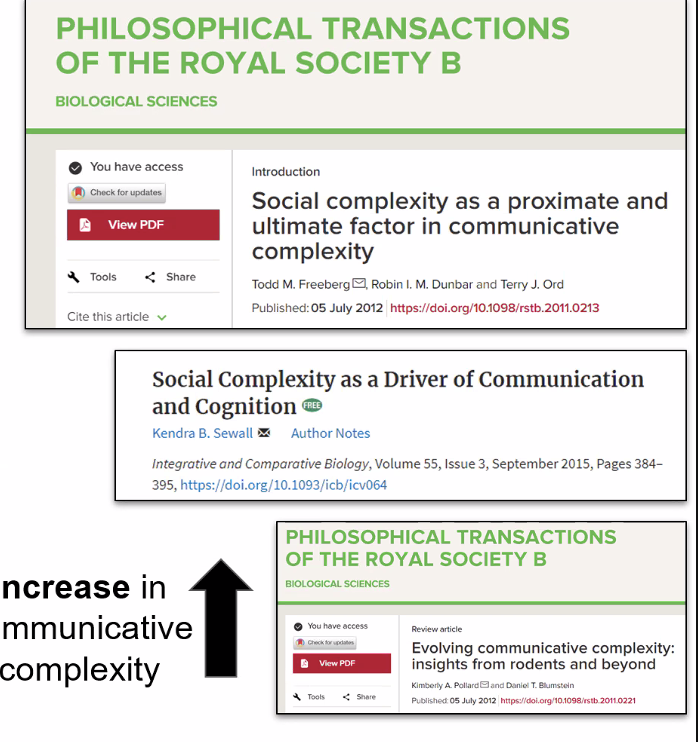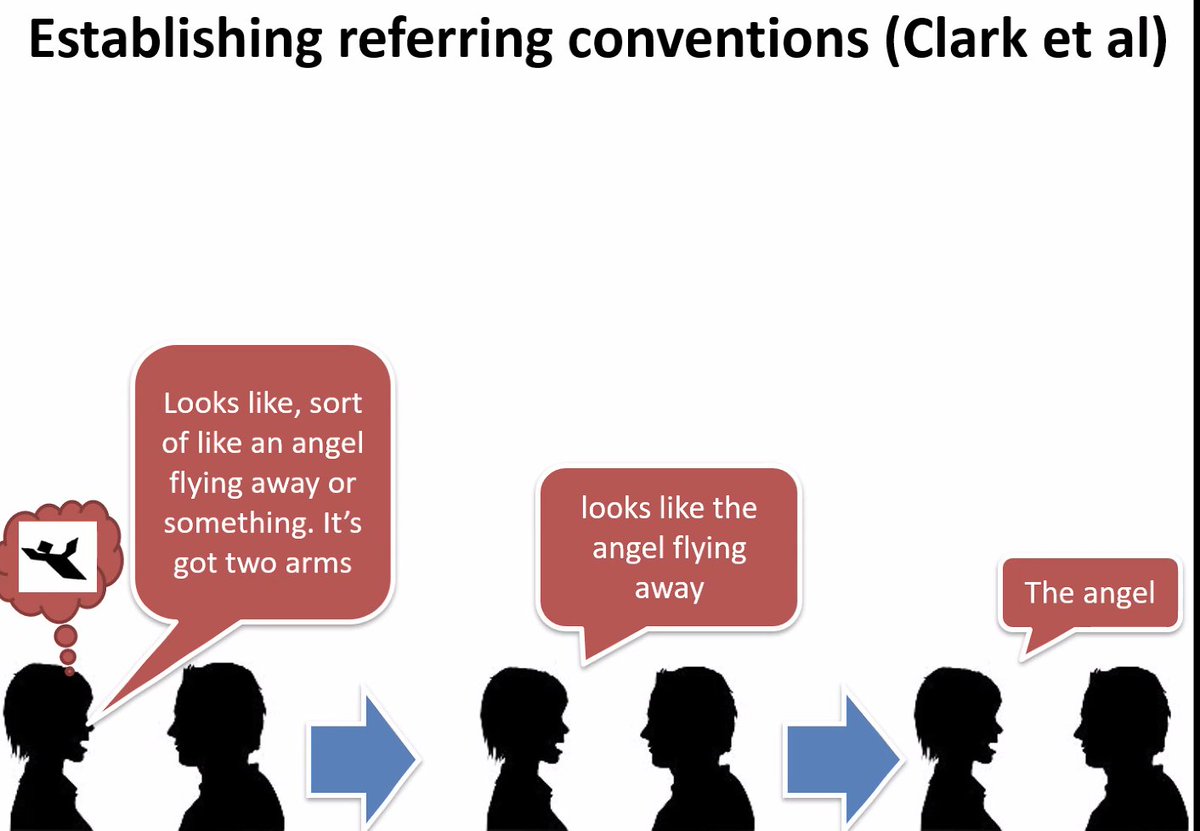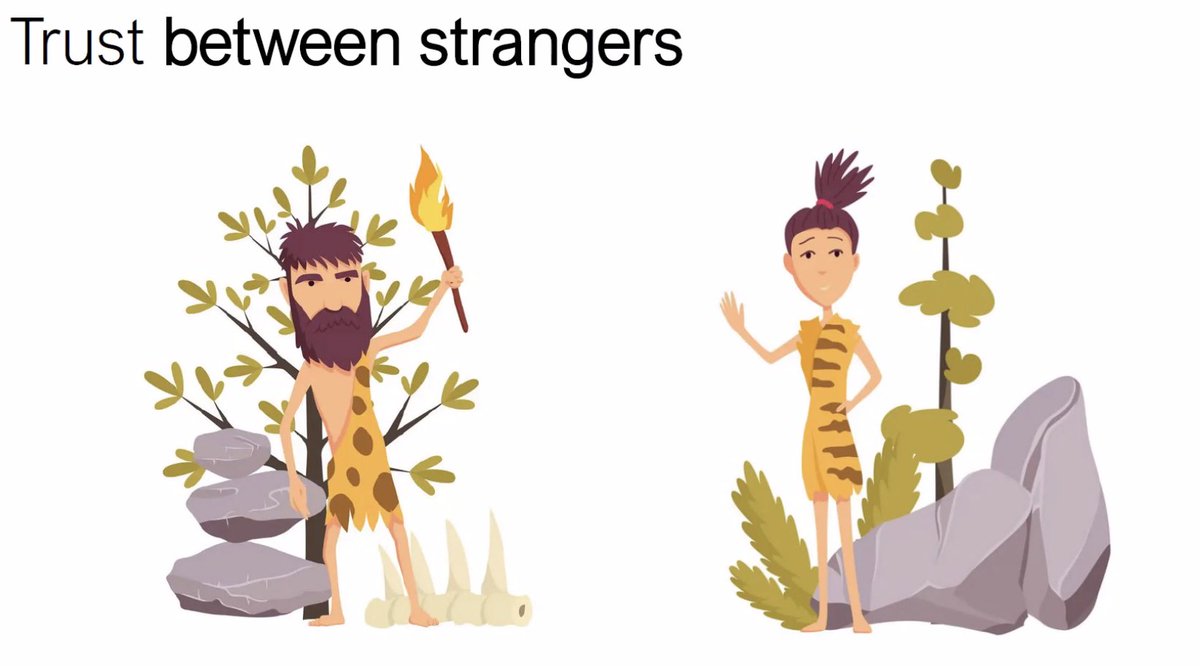
In yet another talk @kristian_tylen presents work with and @cordulavesper on the cultural route to the conceptualisation of space #Protolang7
Concepts have traditionally been thought of as either transcendental, biological, or grounded in social interaction. The latter refers for instance, how languages make conceptual distinctions, e.g. with regard to spatial relations 



What drives these distinctions? It might be that salient features of the environment drive these distinctions in situated language use where environmental biases would get enhanced and eventually conventionalized in culture 

This is something Kristian and I showed for interacting dyads in the maze game, see our recent paper in palcomms nature.com/articles/s4159… 

The current study tries to go one step further and look at different urban environments (manhattan vs Barcelona style cities), and how route descriptions transmitted from person-to-person are affected by environmental biases 



Since the manhattan condition is much more regular. the would expect more focus on the streets (backgrounding the builings) in barcelona they should focus more on the buildings as salient landmarks. Participants go one at a time into the city and then describe a route to the next 

They then looked at the written descriptions and drawn maps to see how spatial conceptualisations were affected by these environments. In Barcelona: more route descriptions favouring vertical structures (increase per generation) 



A similar pattern emerges in the map drawings. Interestingly, the extent to which participants used vertical structures had an effect on how fast the next participant was able to find the target, suggesting functional environmental adaptivity. 



So the environment seems to present affordances for particular conceptualisations, and these biases are enhanced by social transmission.
In the Q&A there were some questions about more naturalistic environments and what would happen in a dyadic task. My PhD thesiscommons.org/bfuvr/actually had VR exps using exactly those components, I presented the results recently as part of this talk:
• • •
Missing some Tweet in this thread? You can try to
force a refresh






















